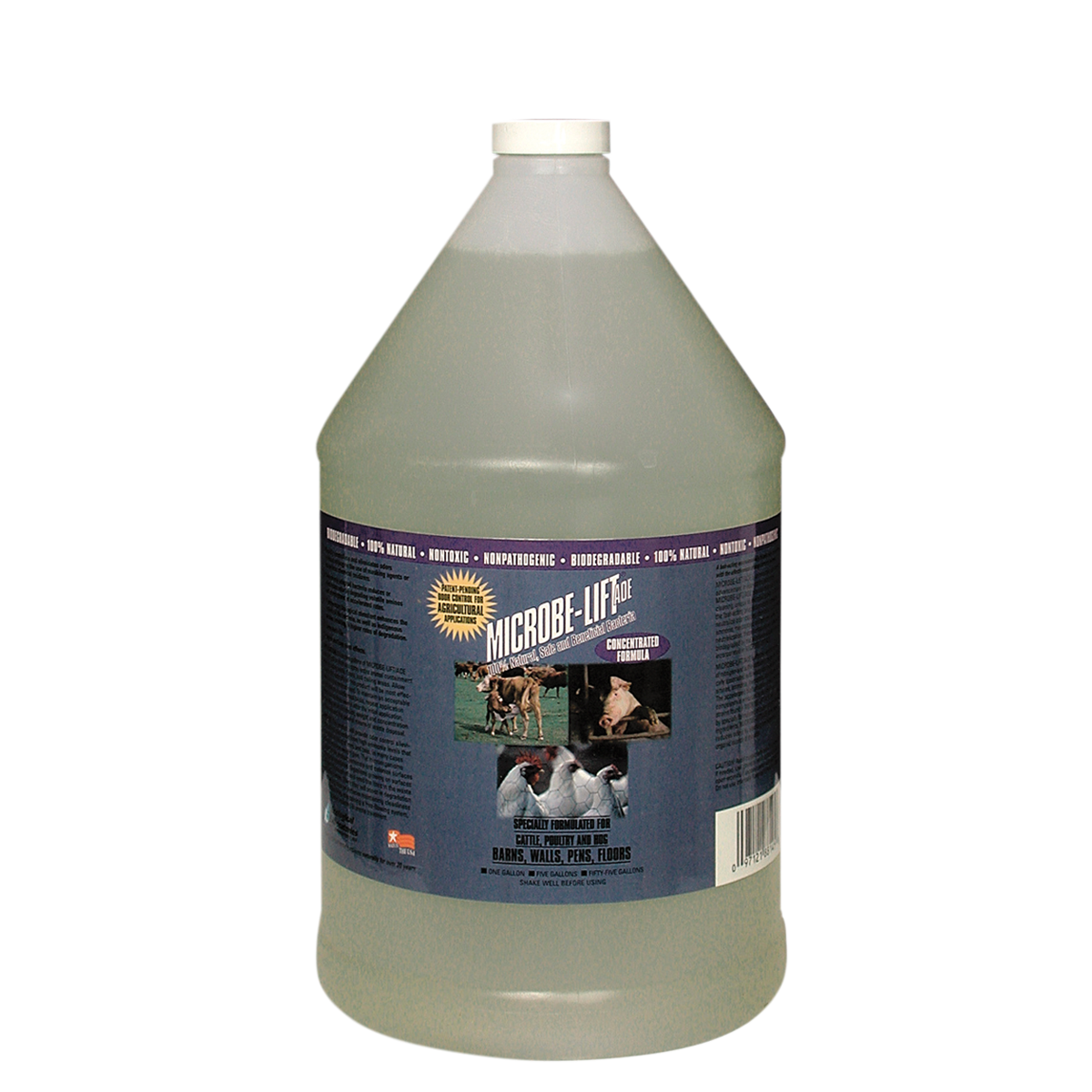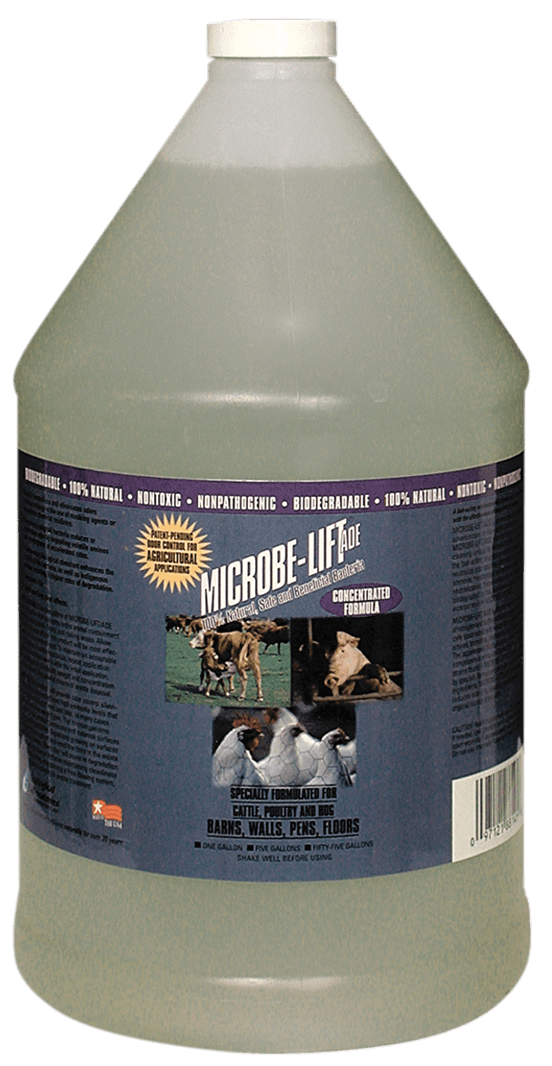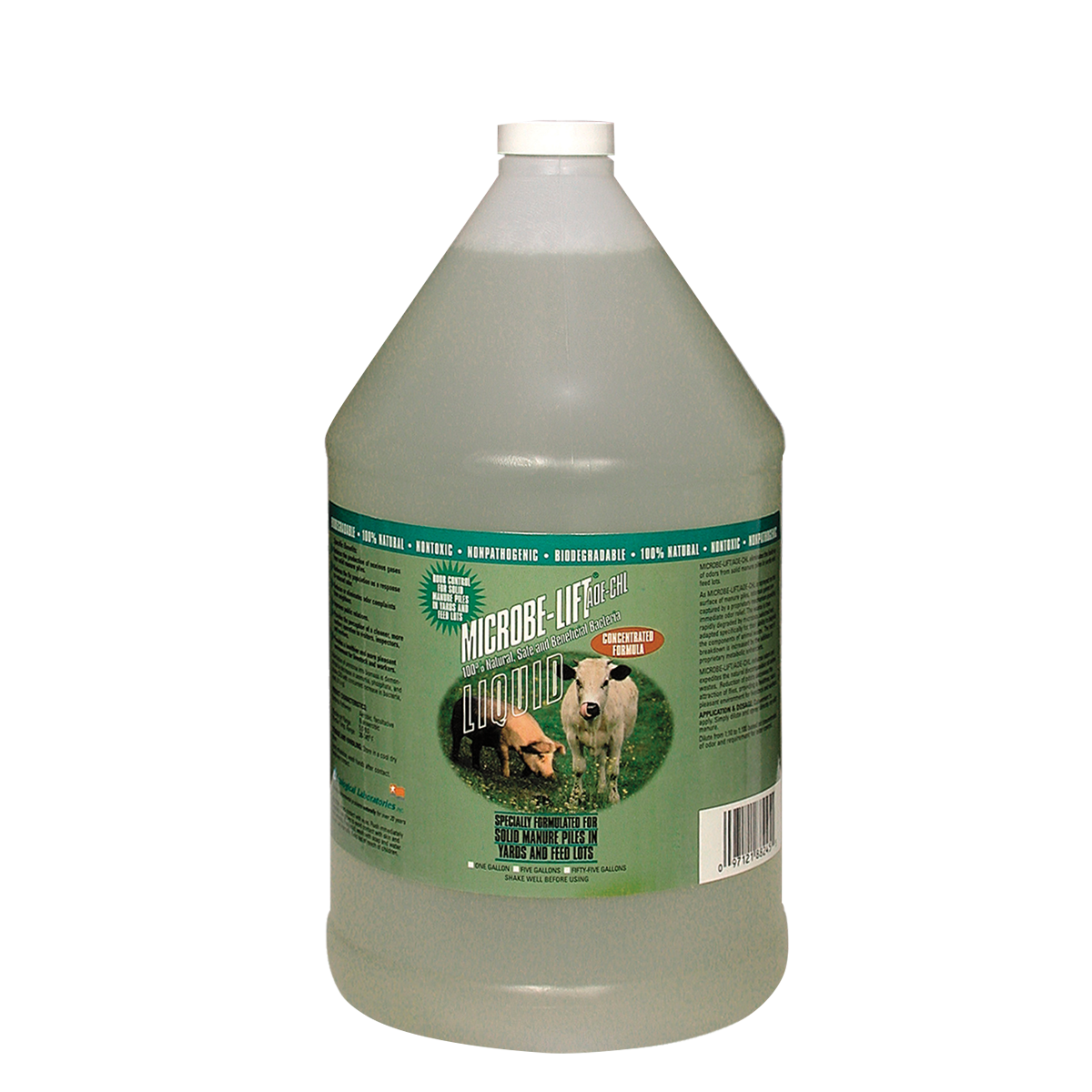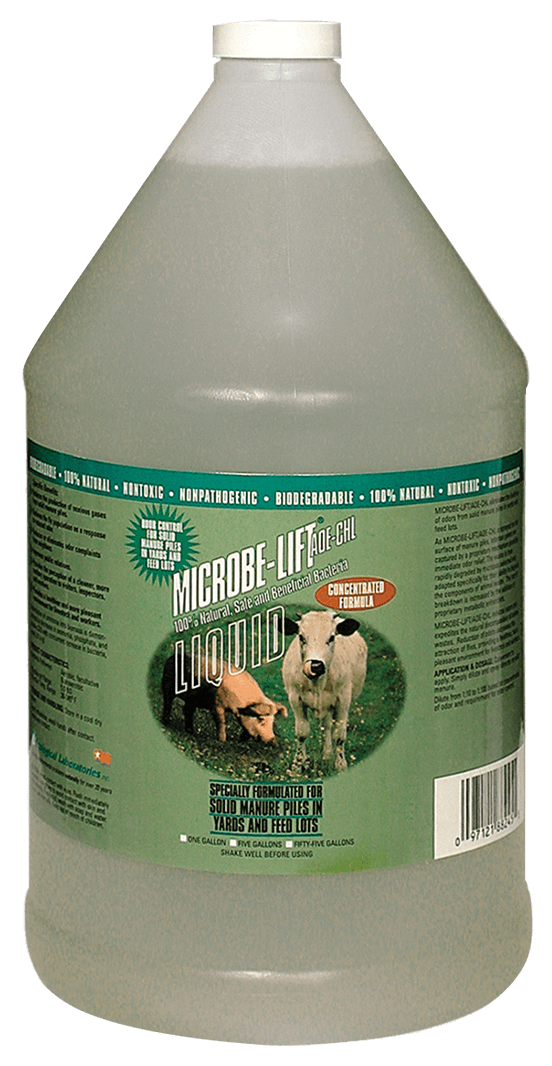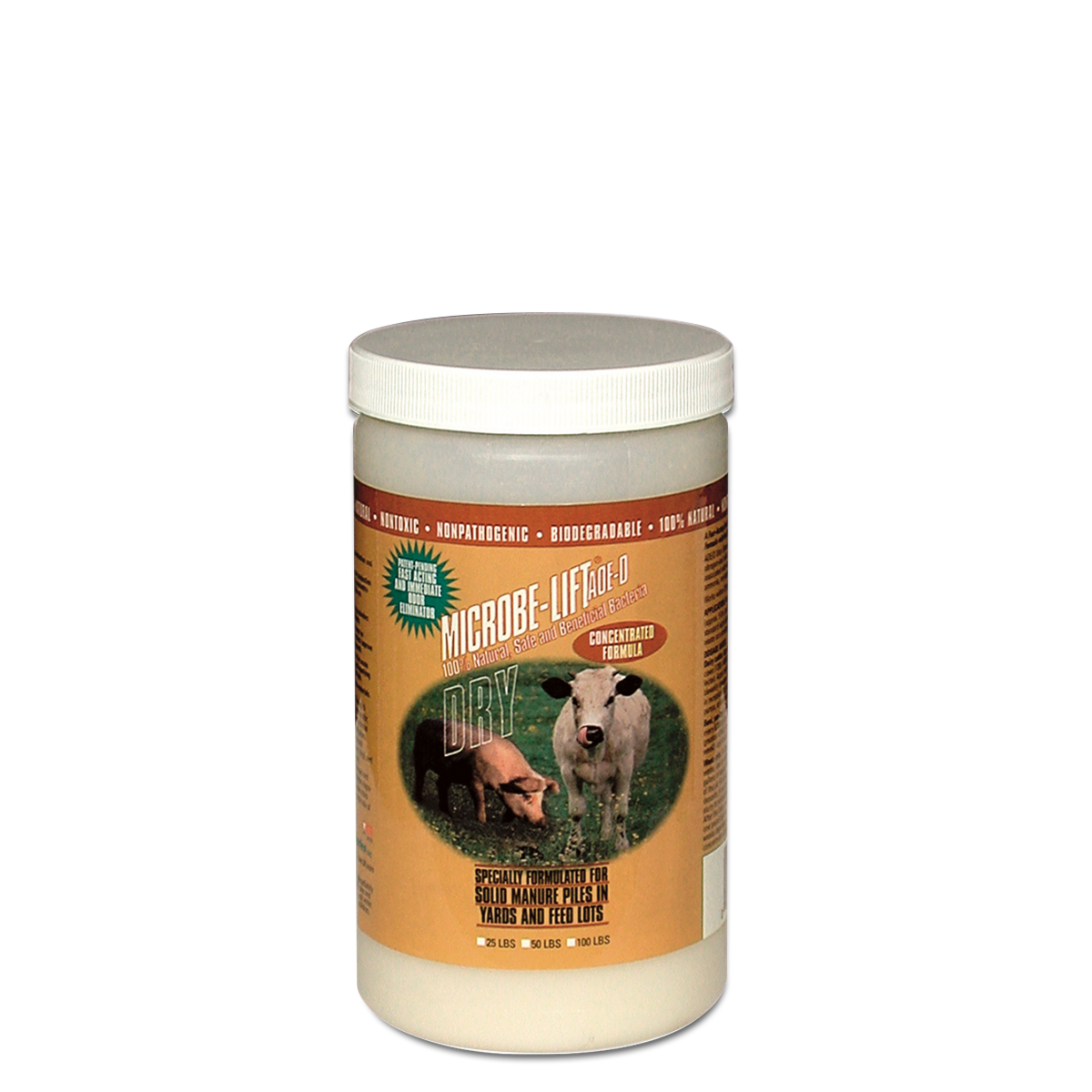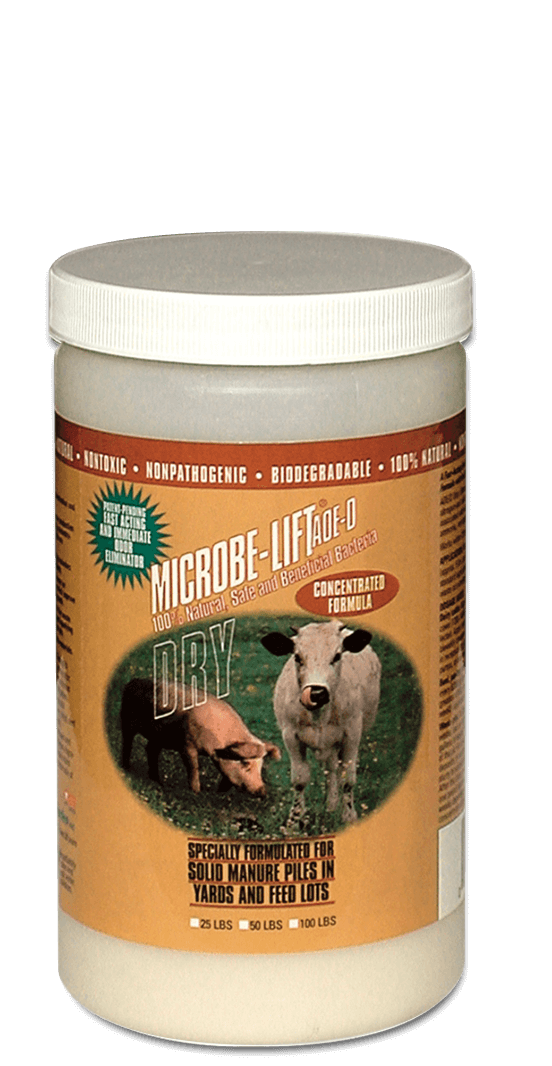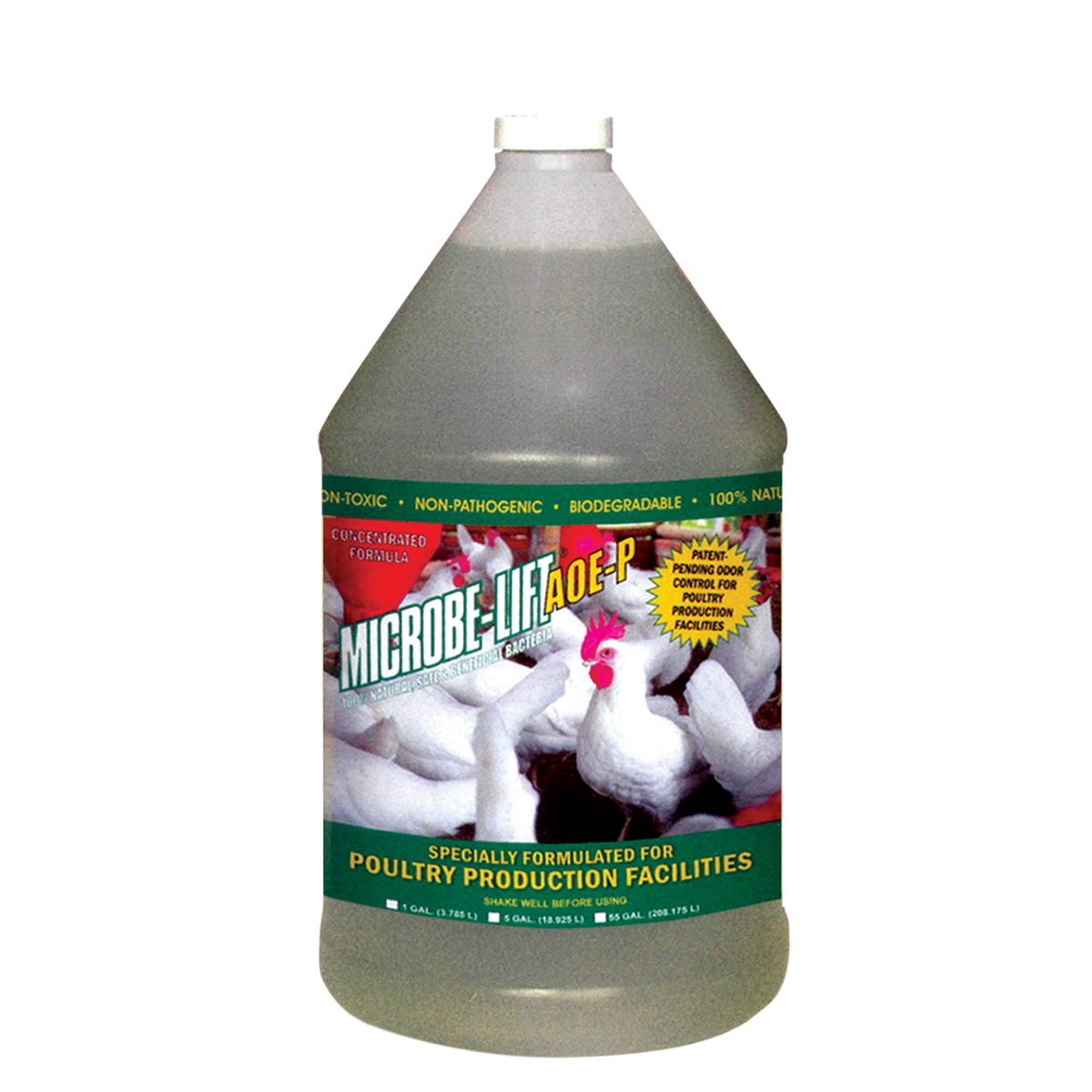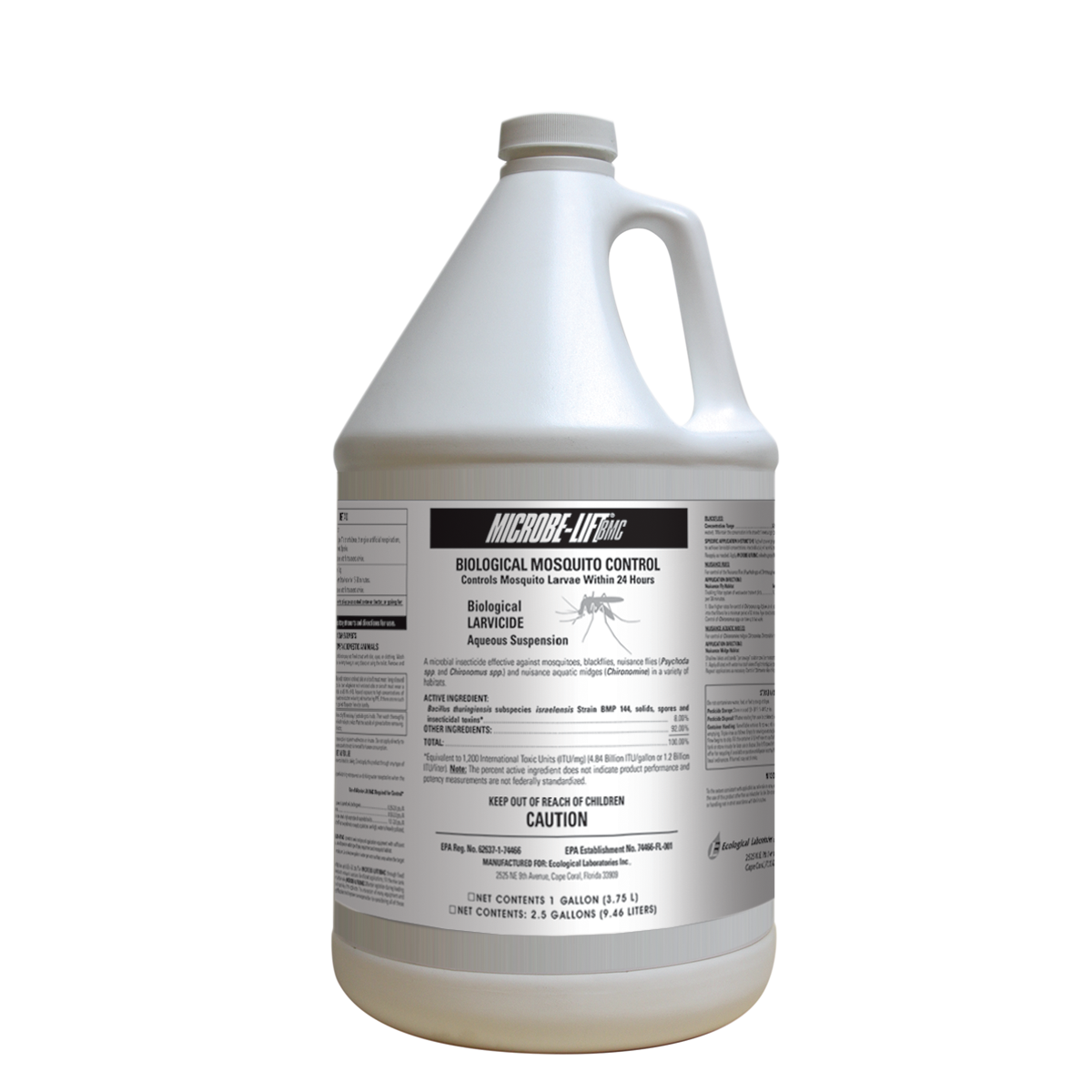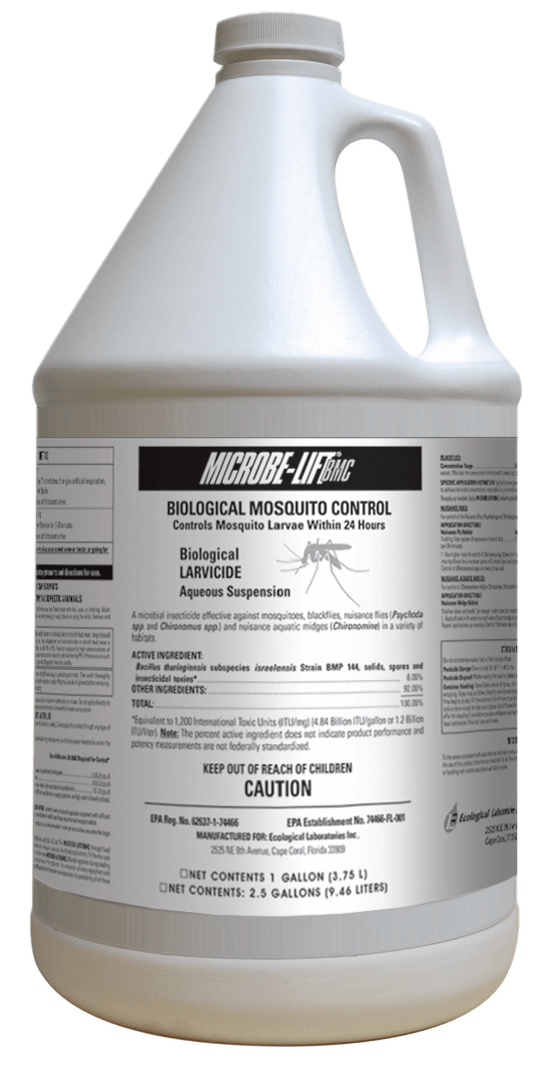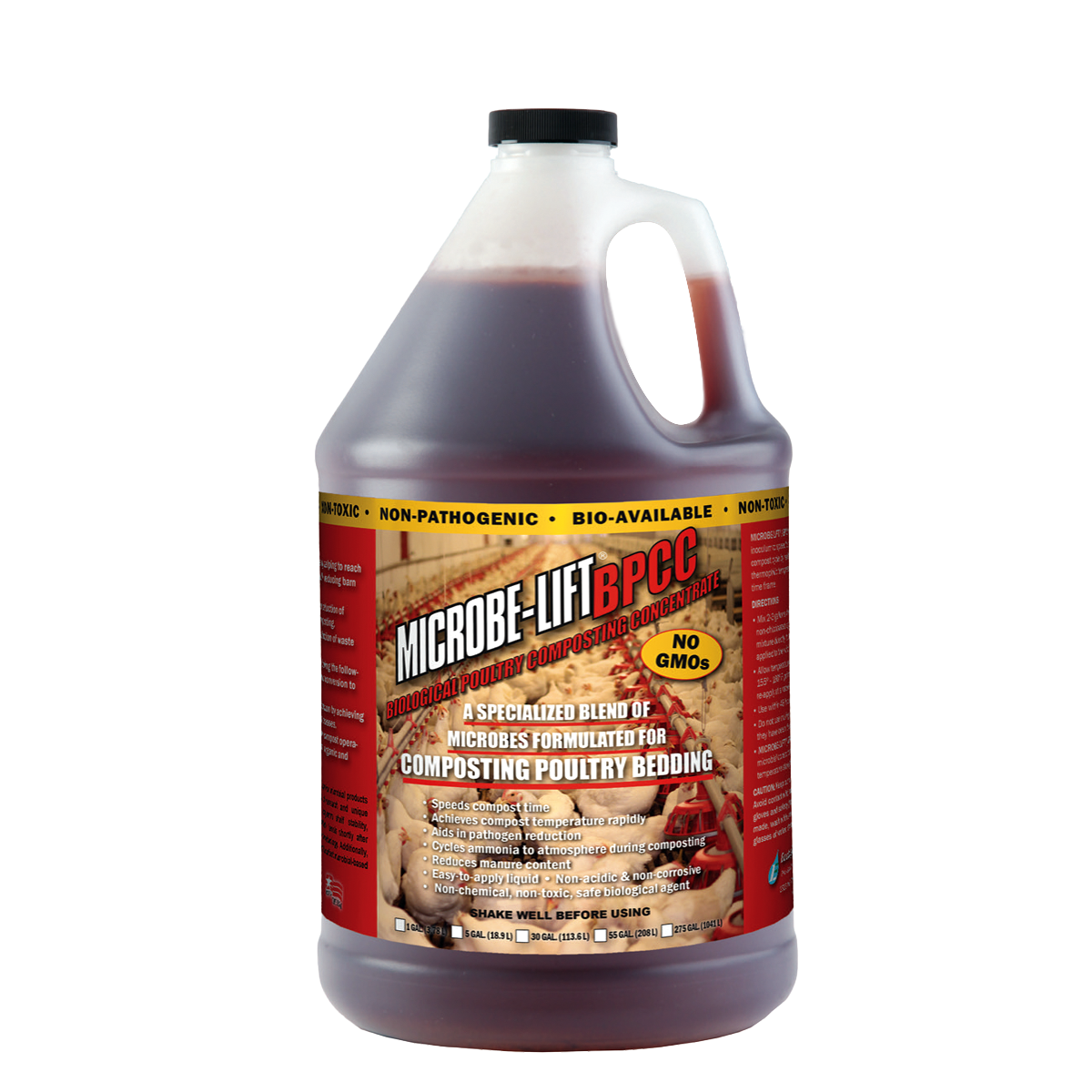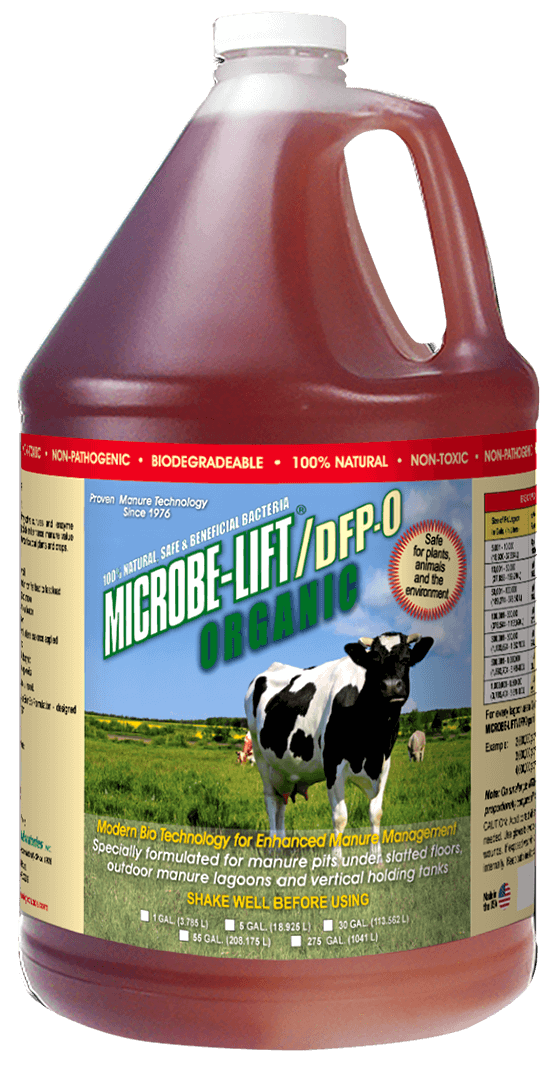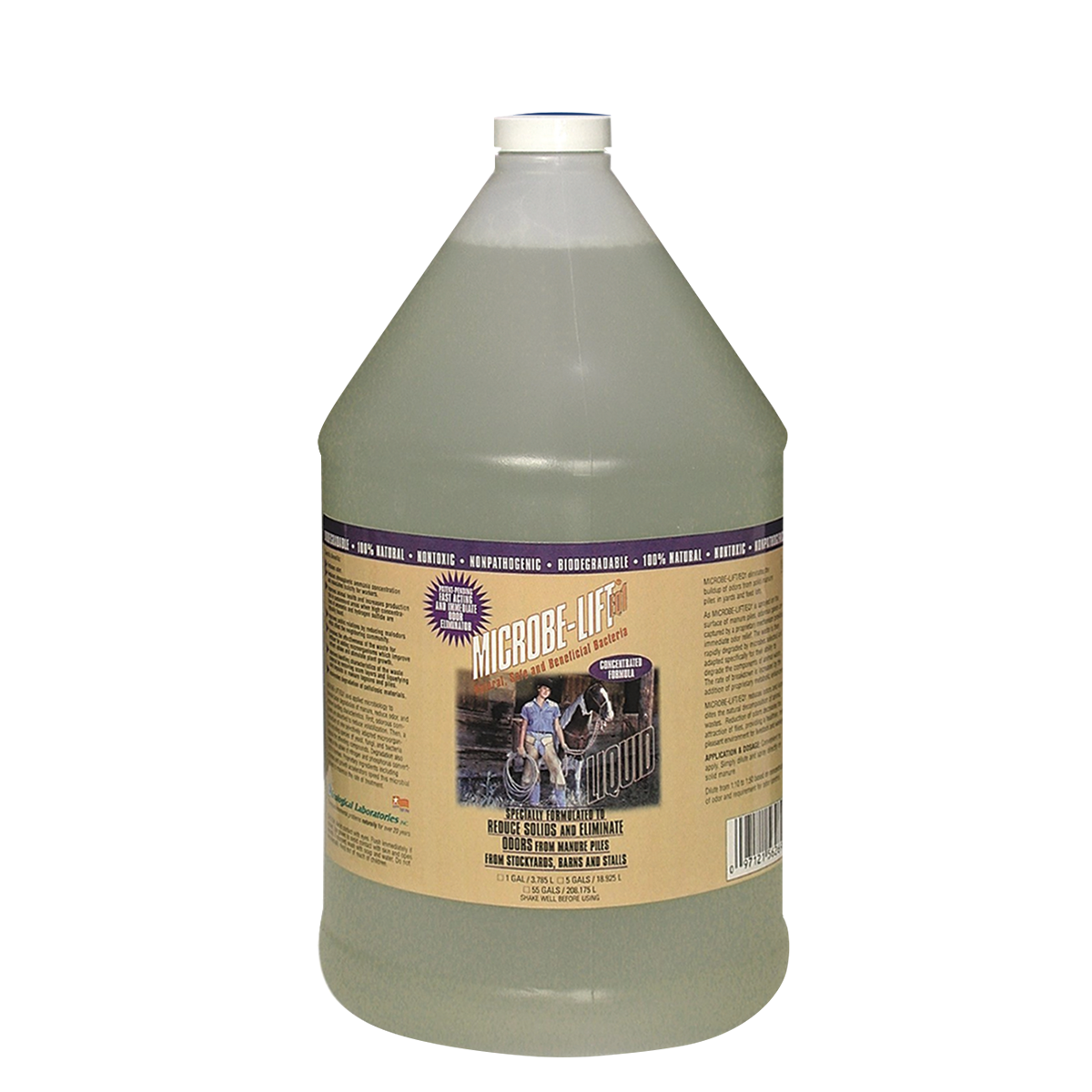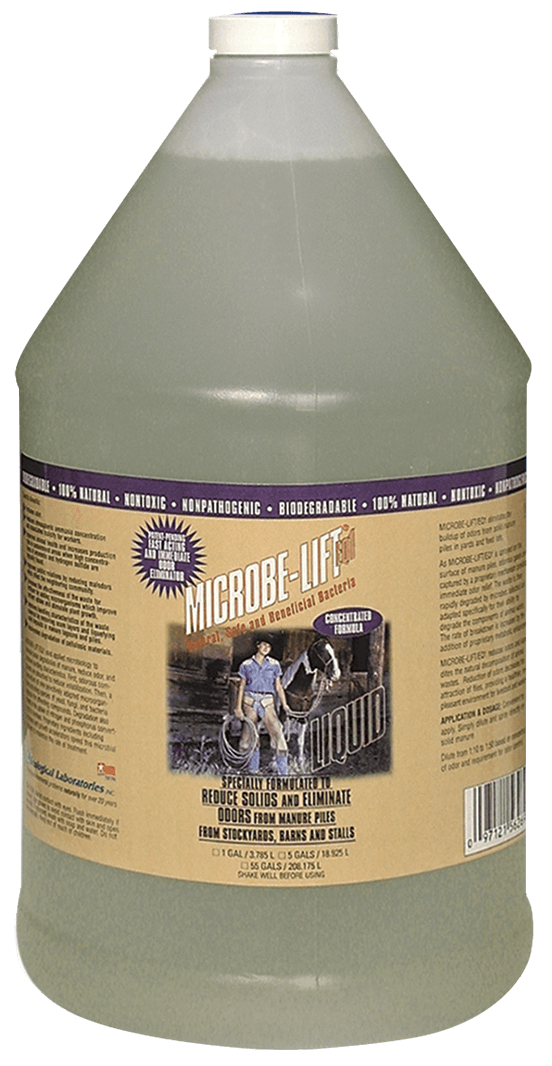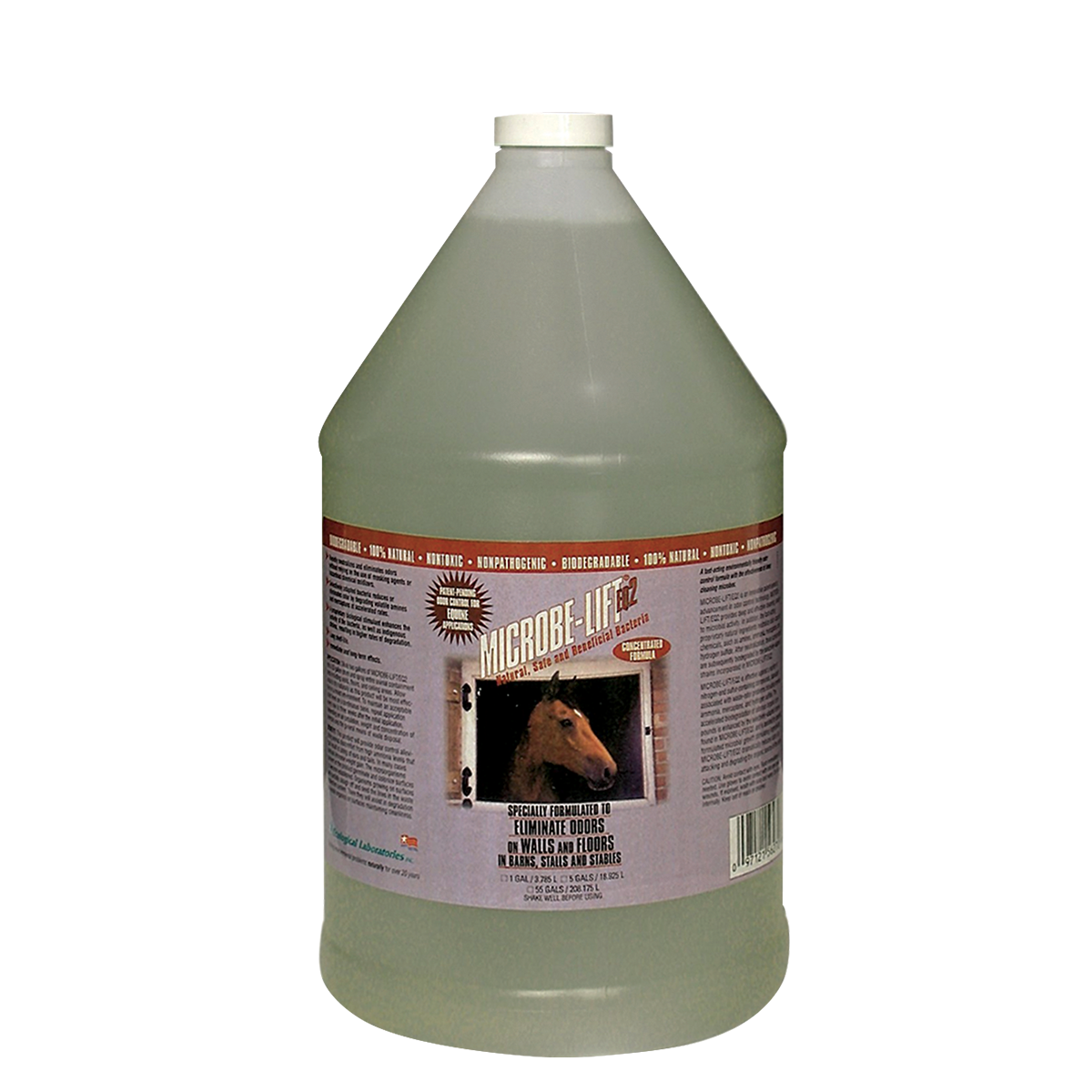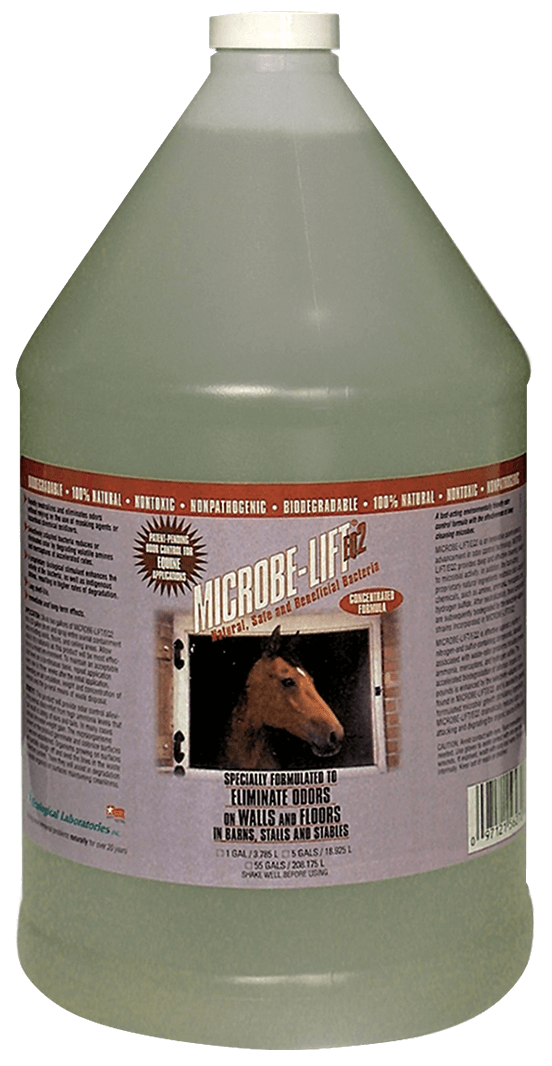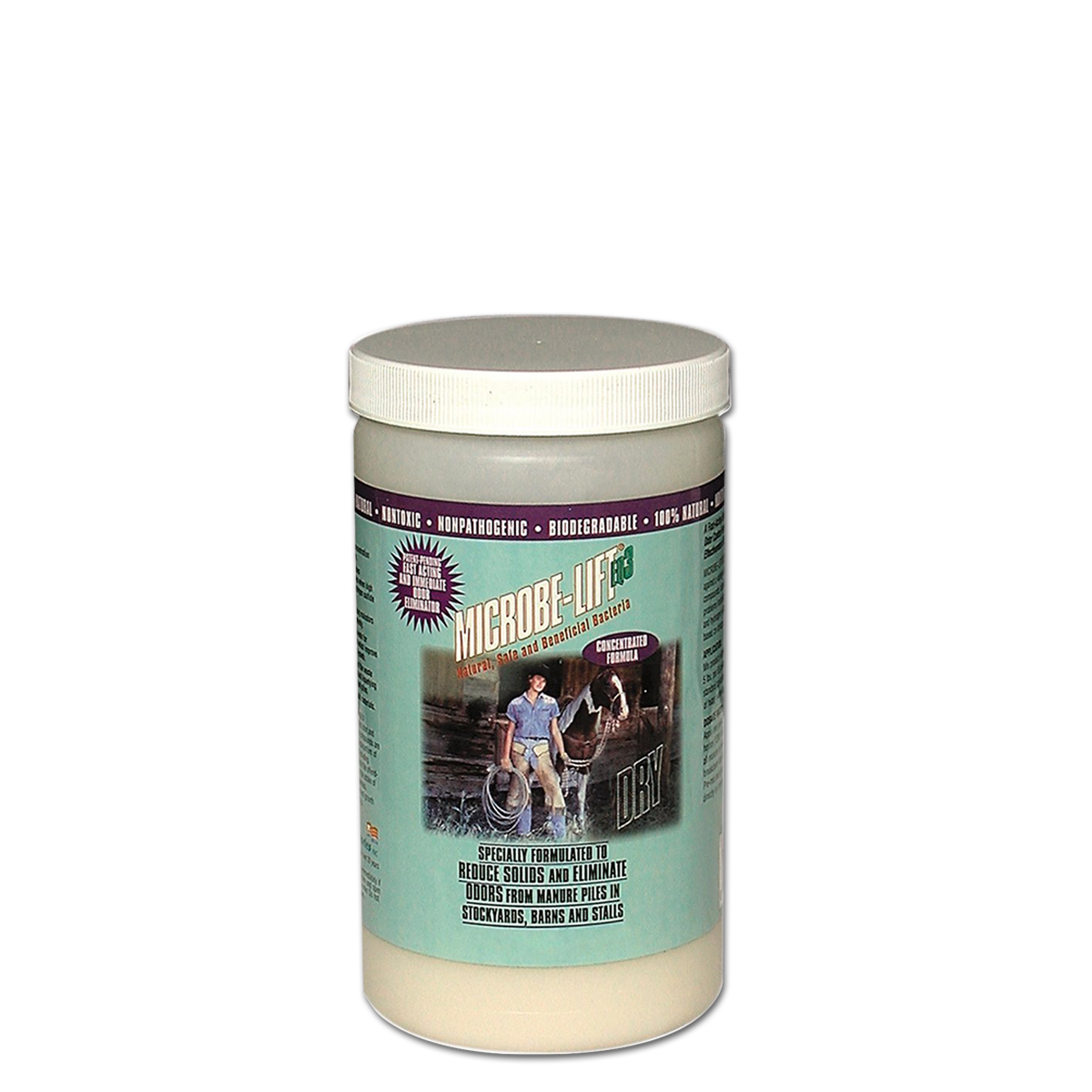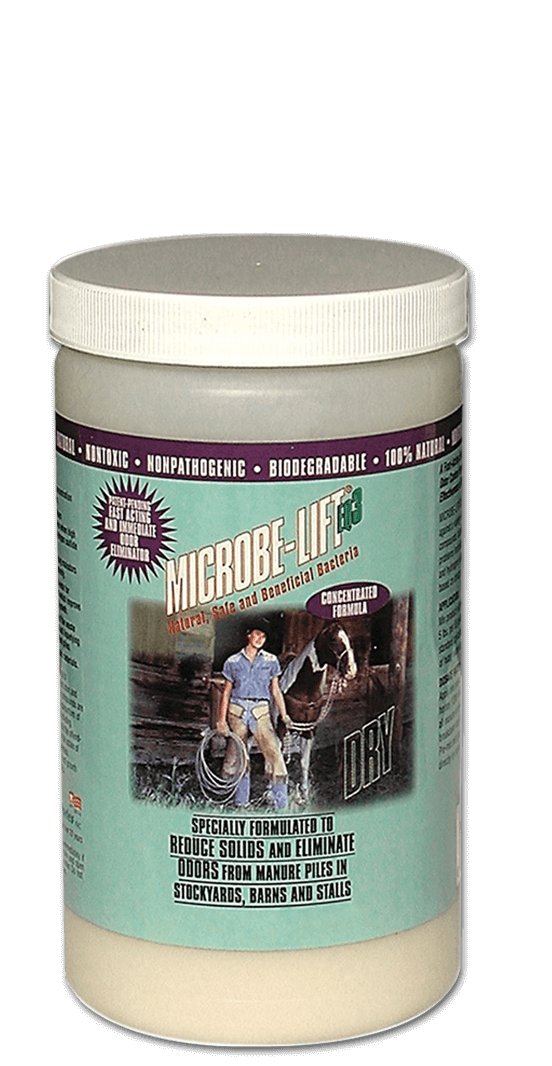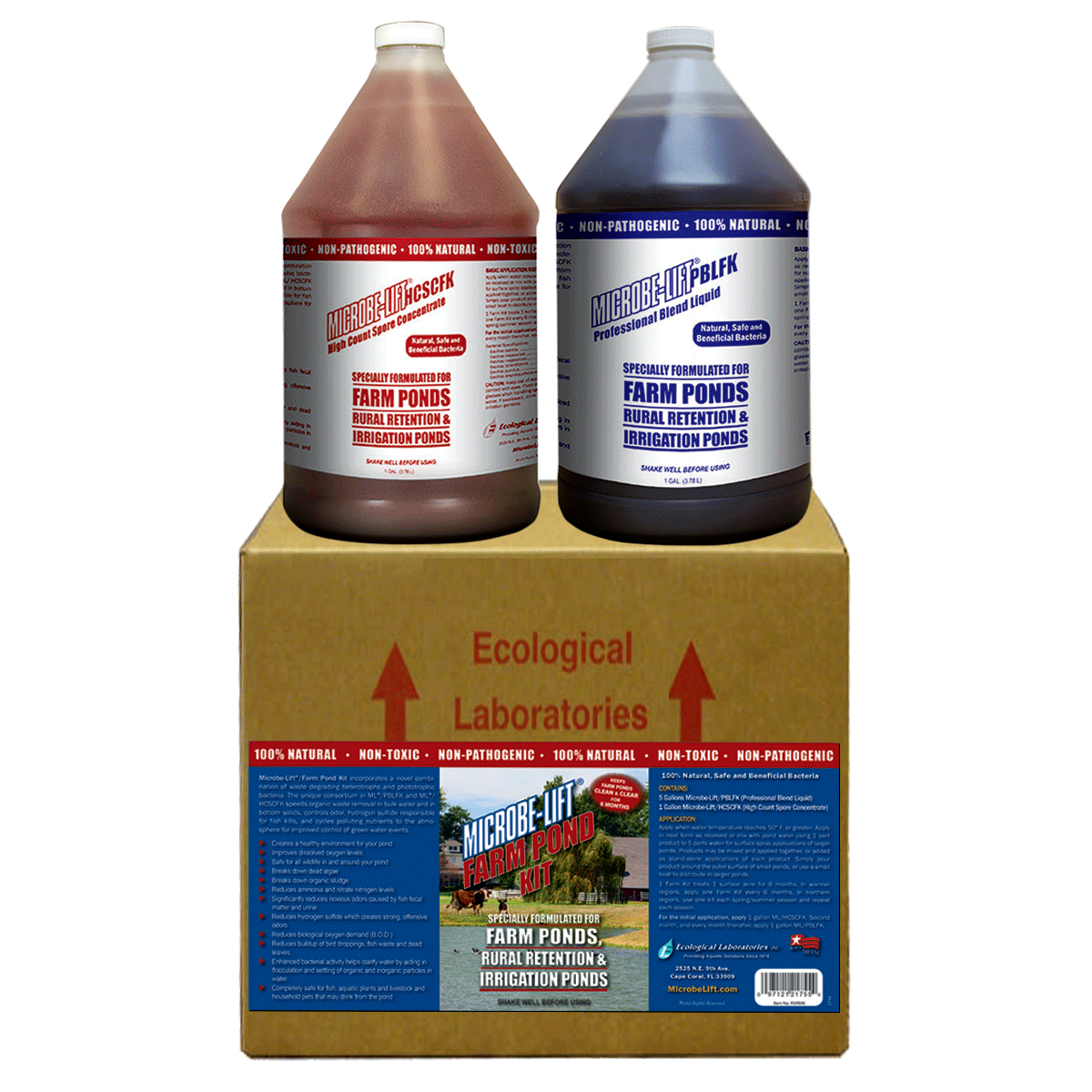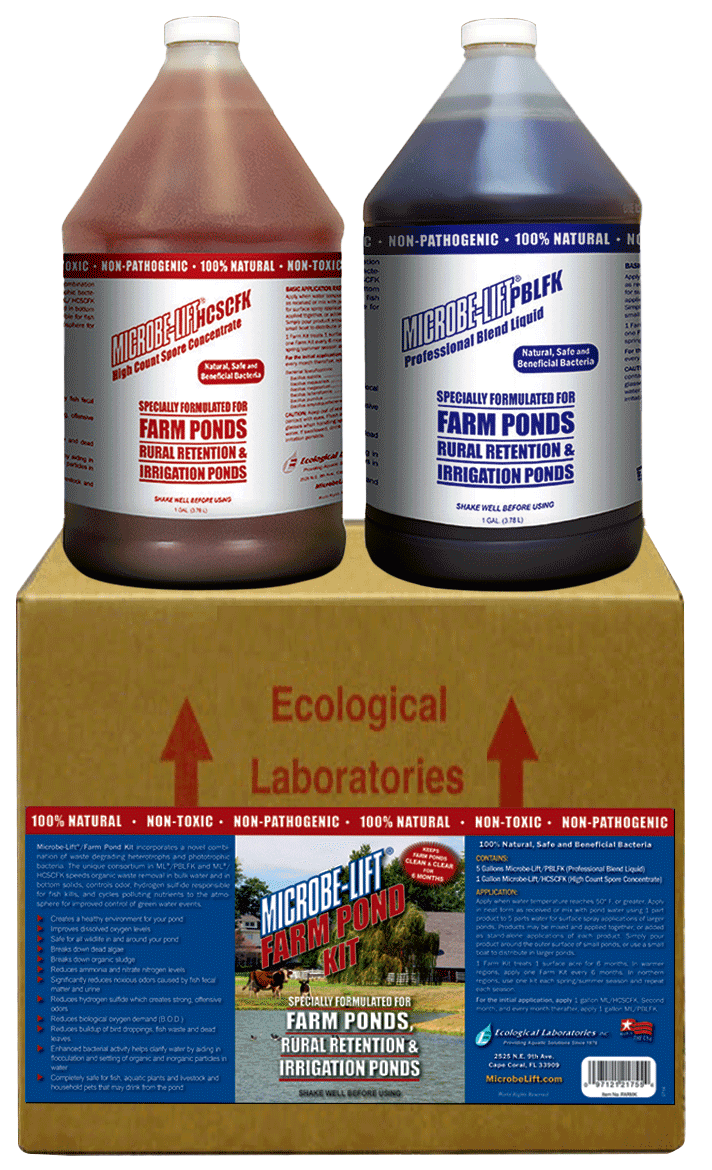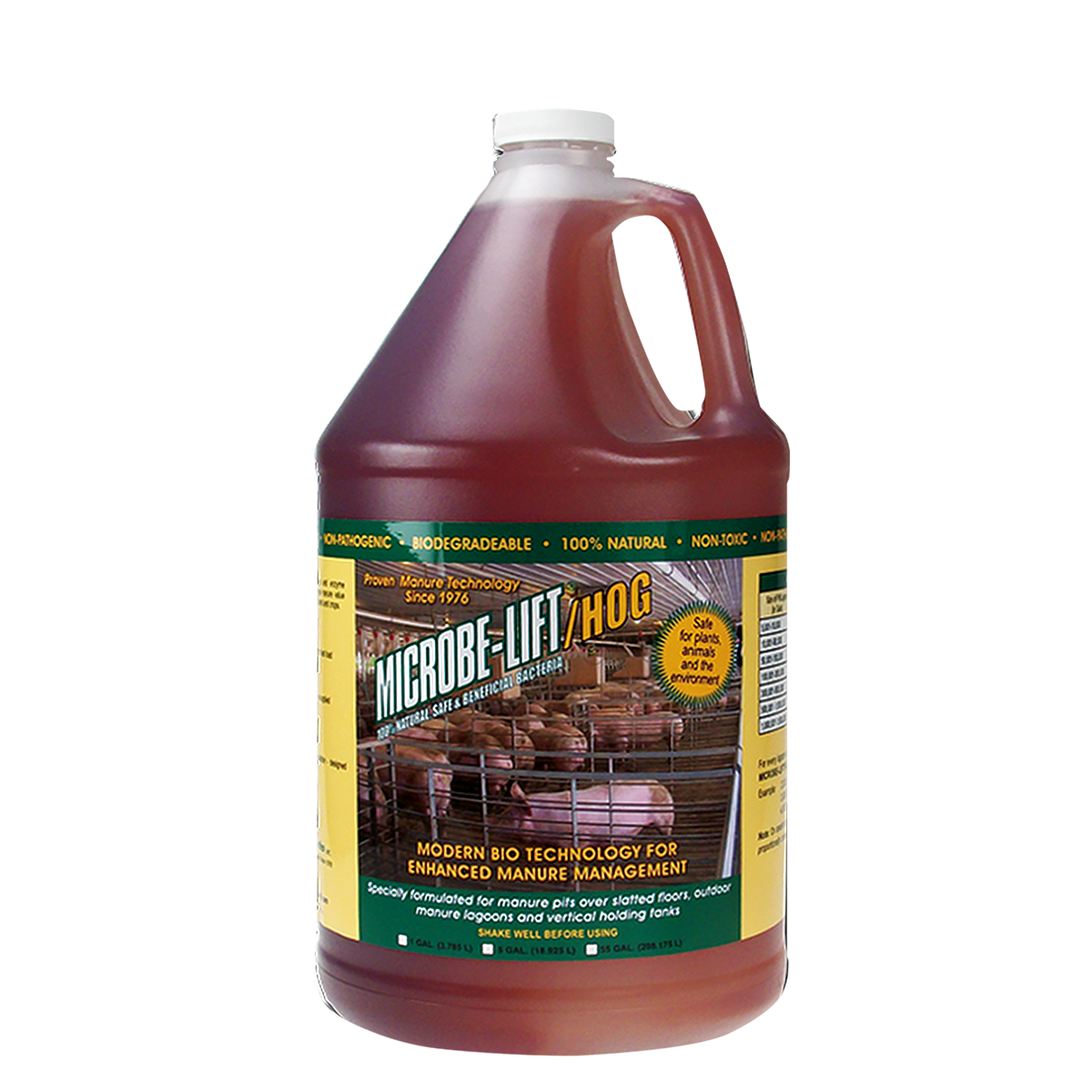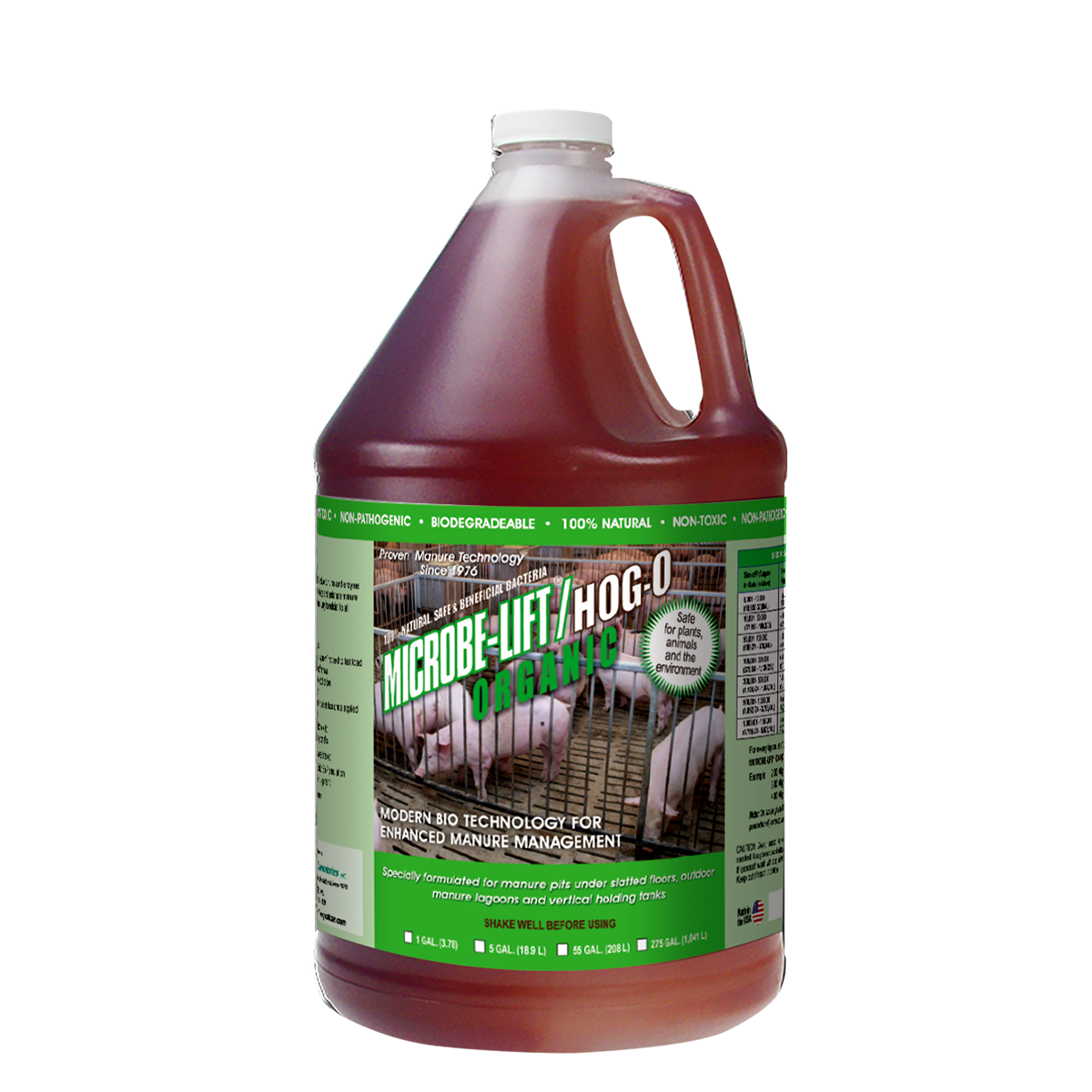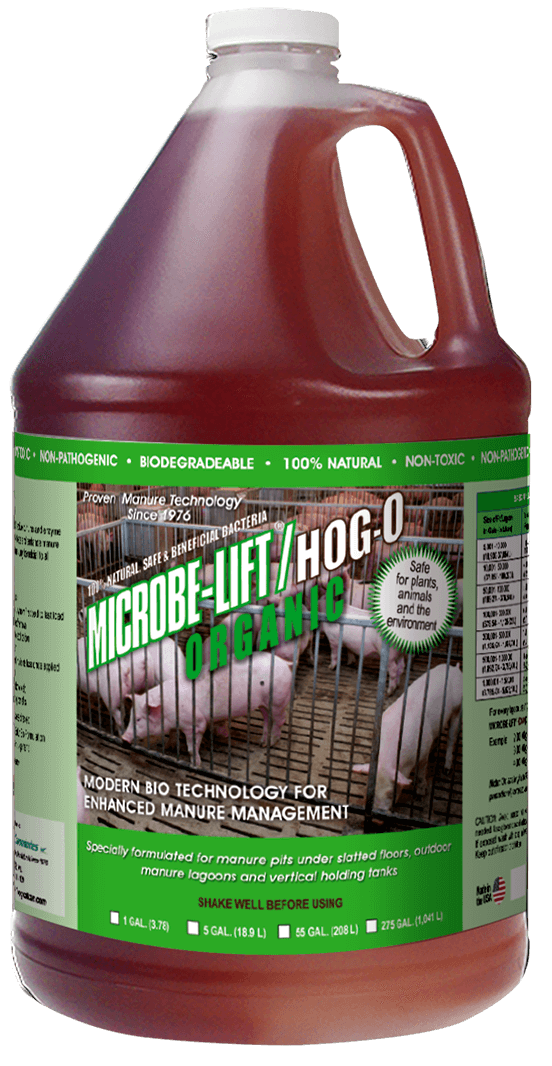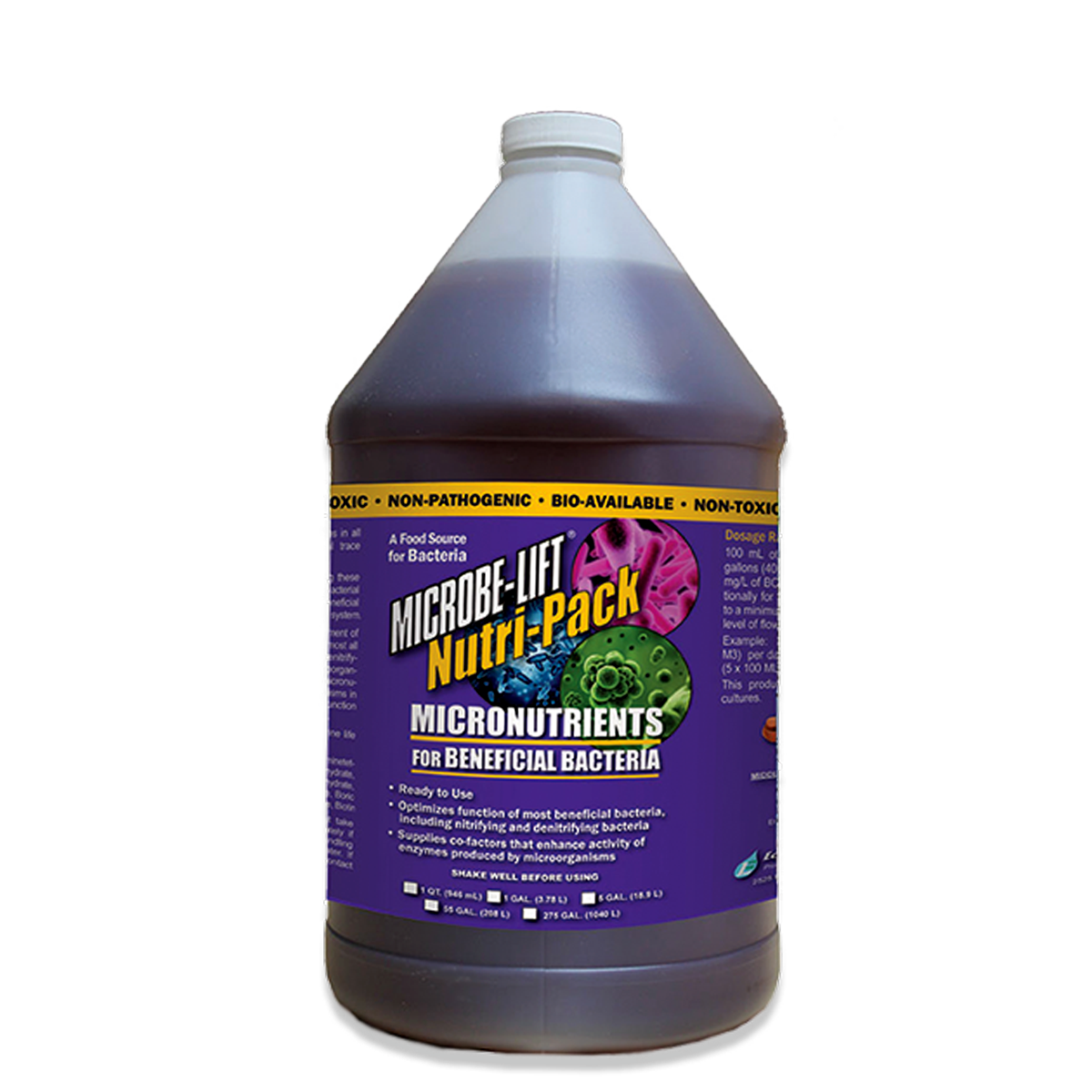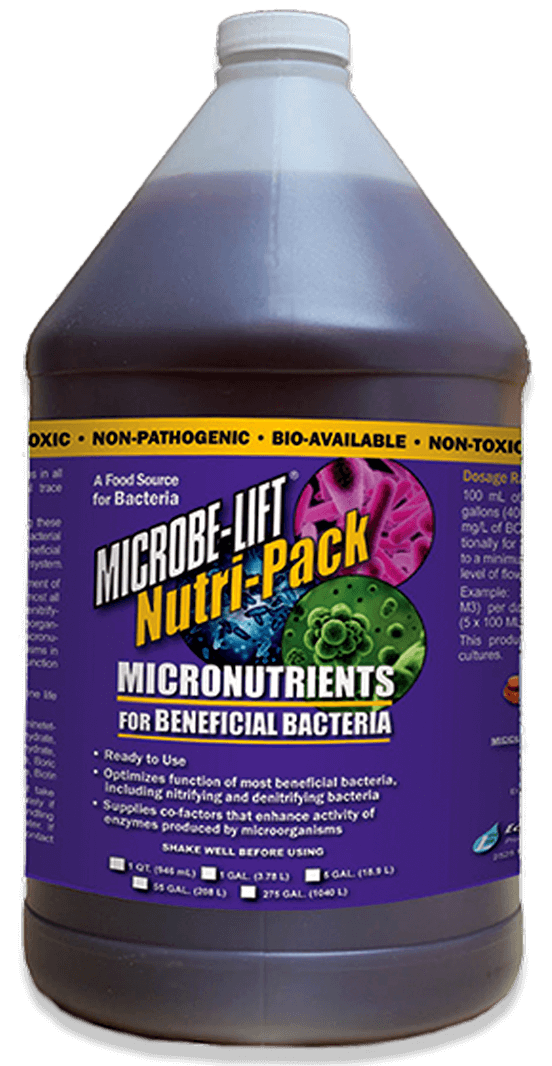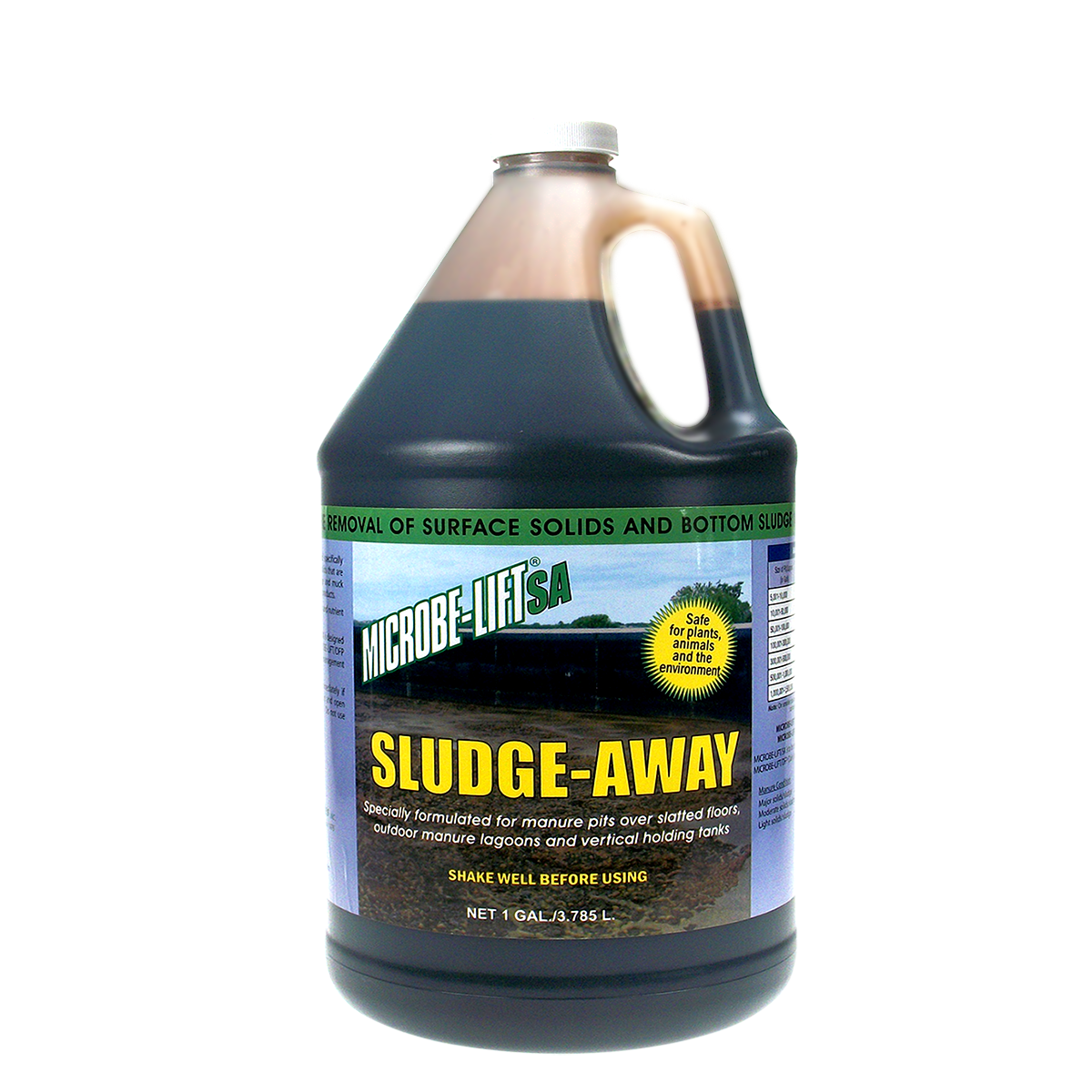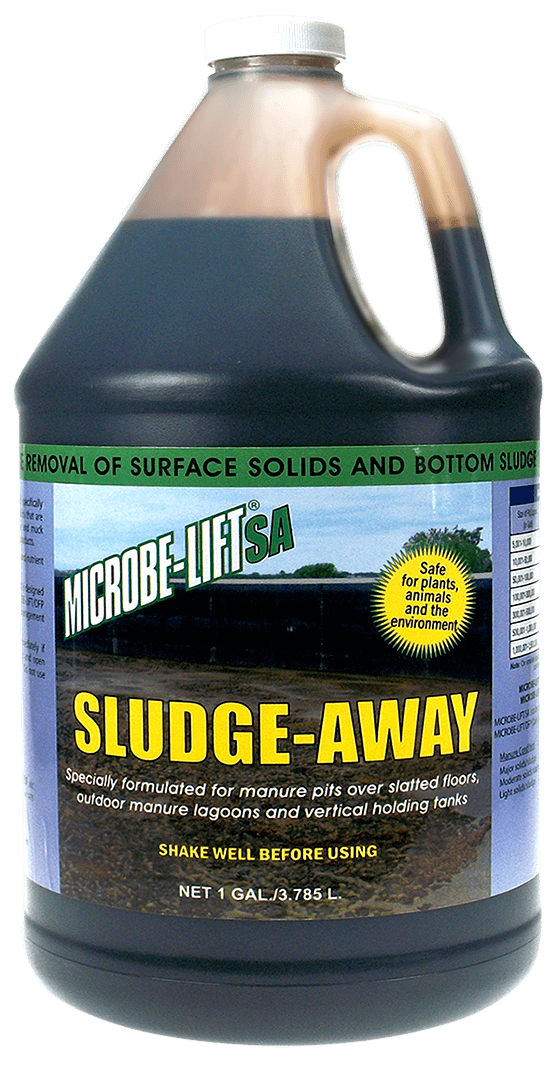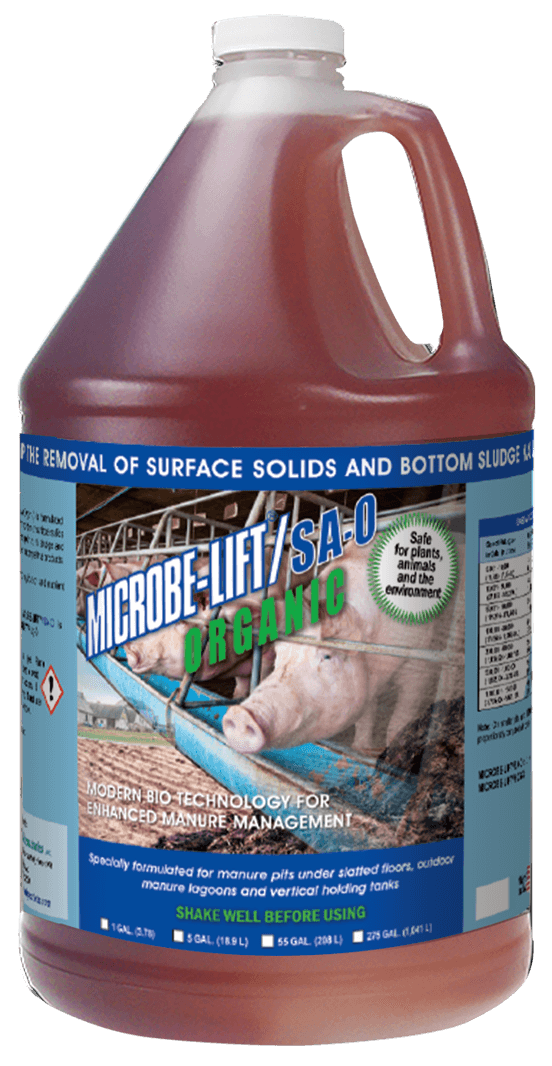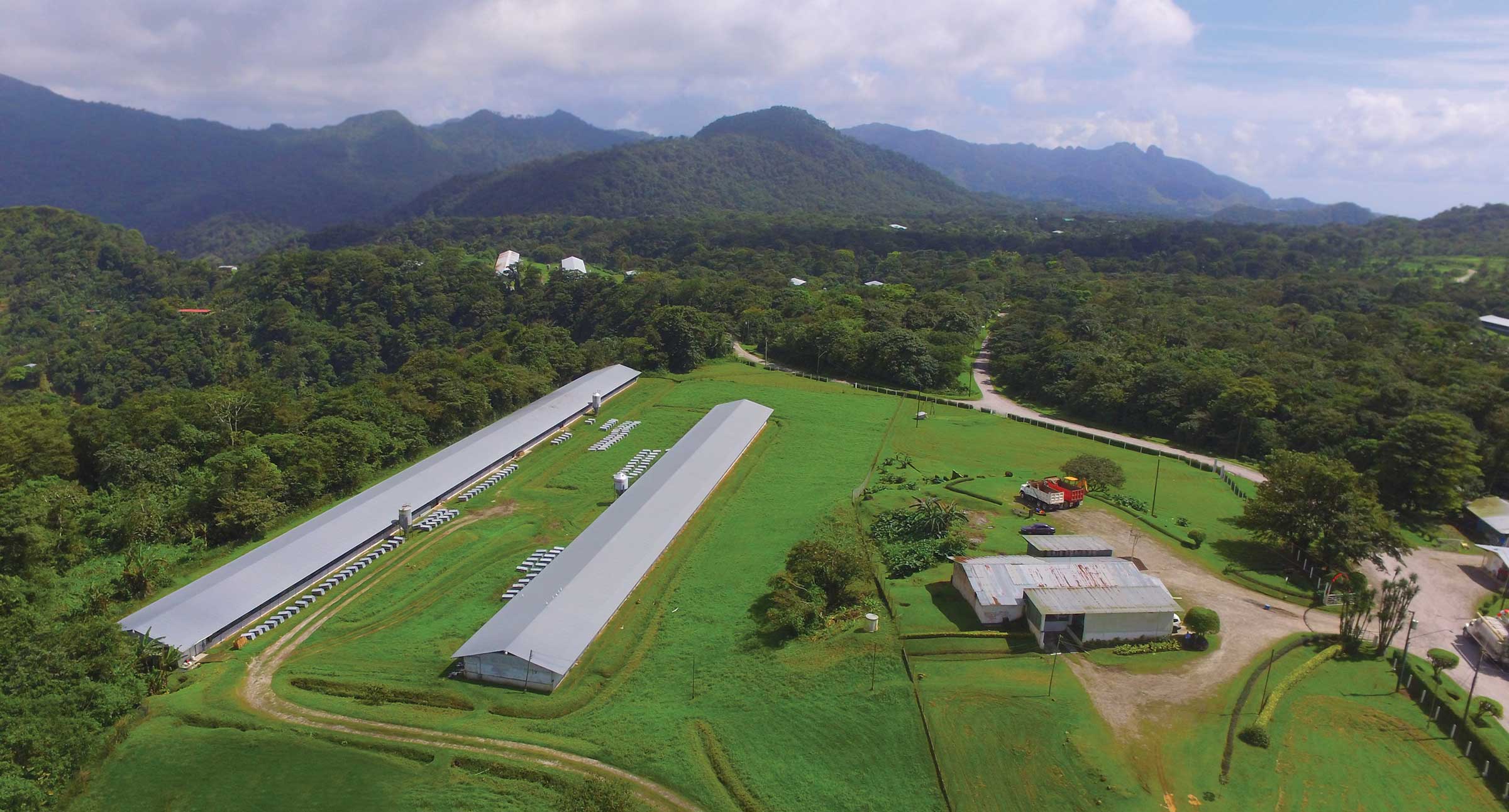Our MICROBE-LIFT® products are the ideal choice to improve farm waste processes. With unparalleled capabilities to breakdown waste, and reduce toxic gases. MICROBE-LIFT® Technology drives down costs, increases operational efficiency, provides return on investment and supports regulatory compliance. We provide unmatched biotechnology to enhance manure management at all levels of manure containment with multiple benefits for barns, pits, increased fertilizer value, odor elimination and increased crop yields.
BENEFITS
Speeds Waste Degradation
- Significantly Reduces Surface Crust and Bottom Solids
- Improves Manure Liquefaction
- Significantly Reduces or Eliminates Pumping Problems
Reduces Hydrogen Sulfide & Ammonia
- Healthier Environment - Reduces Mortality
- Less Animal Stress - Promotes Animal Growth
- Odor Reduction Reduces Complaints
- Decreases Corrosion from Hydrogen Sulfide Generation
- Reduces Equipment Service Costs
- Healthier Environment Increases Capacity

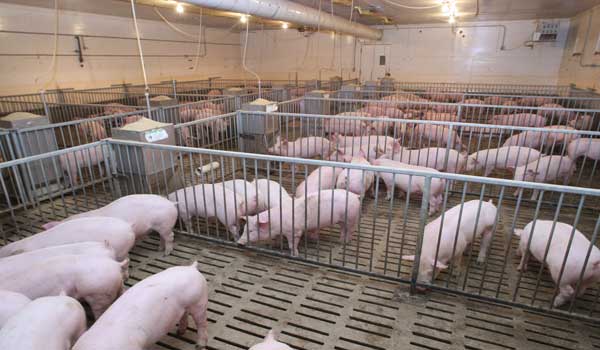
Significantly Improves Soil Biology Increasing Crop Yield:
- Fixes Nitrogen and Retains Nutrient Values
- Reduces Nitrate Contamination
Helps Control Nutrient Runoff
- Benefits Compliance
- Increases Fertilizer Value
Solids Reduction Dramatically Improves Manure Handling In Western Pennsylvania with MICROBE-LIFT®
Location: Farmer Boy Agricultural Supply Co., ViewFamily Farms (CVFF),Western Pennsylvania
Background: This was a CVFF contracted sow farm constructed with shallow manure pits in two barns, each followed by million gallon collection pits.
Objective: This farm was experiencing problems with their large pull-plug operations. The shallow pits in the barns were blocked with sludge causing additional problems in their two million gallon collection pits. One of these collection pits had developed a cone-shaped sludge pile measuring 18 feet high, extending from the pit bottom to the surface of the water level when the pit was full. It was difficult to effectively agitate the manure and pumping was almost impossible.
To resolve his problem, the contract pumper was willing to try MICROBE-LIFT® technology.
Solution: In 2006, a low dosage program to treat the shallow pits was recommended. This program resolved the shallow pit problems within the first 60 days of treatment. In addition, when the two million gallon collection pits were pumped out in the following spring, the contract pumper reported that for the first time since he had been servicing this farm, he could pump the holding lagoons without any problems. This resulted in a large savings in time and expense to CVFF. In addition, the cone-shaped sludge pile in the first million-gallon collection pit was totally eliminated in one growing season, while only treating the shallow pits in the barns.

Before MICROBE-LIFT® treatment.
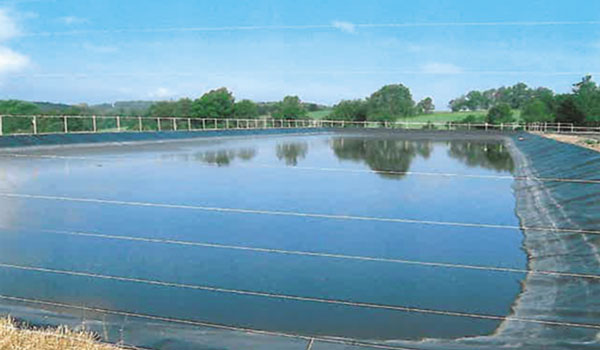
Lagoon was completely cleared of solids after six-month pit treatment.
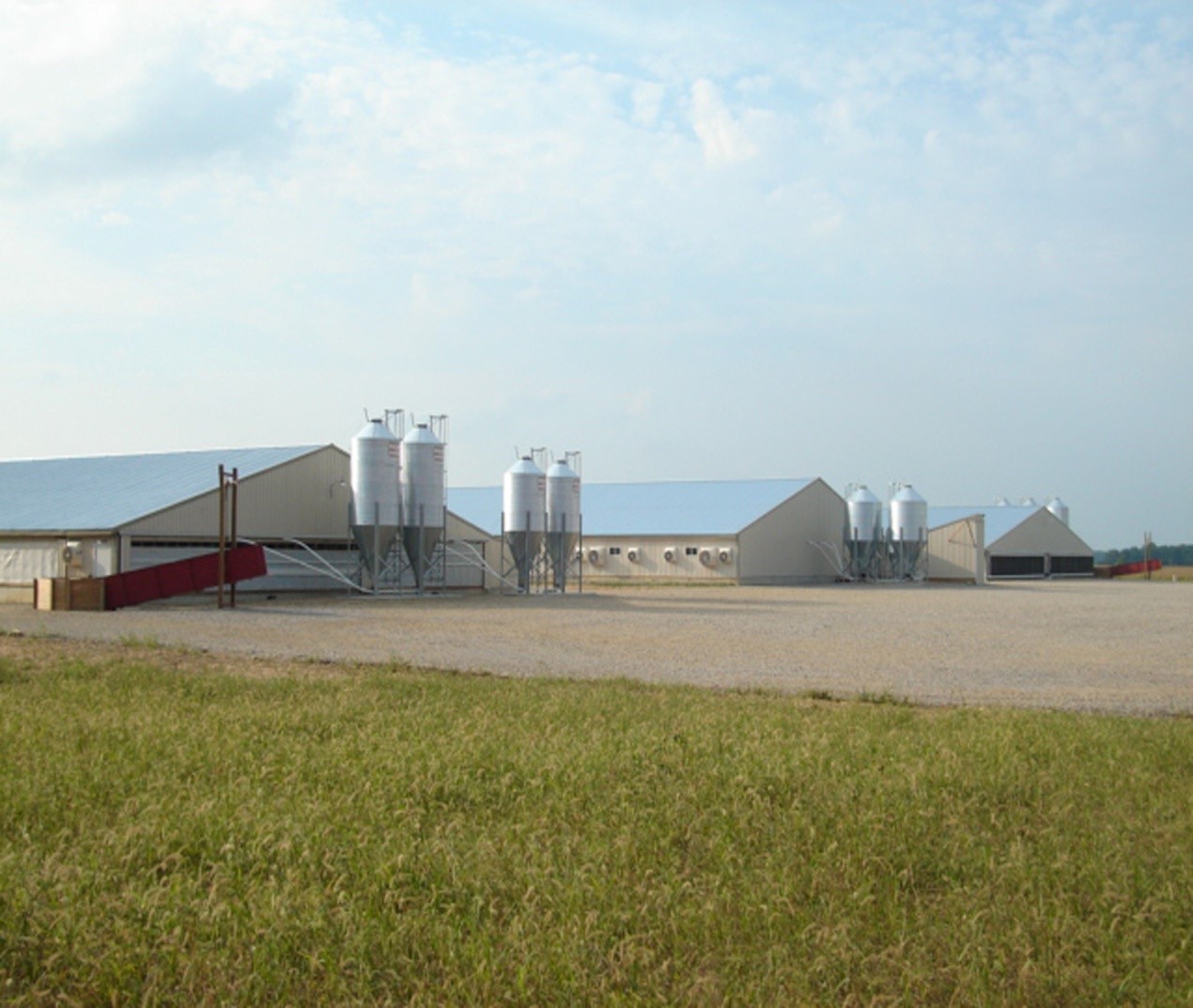
CVFF sow operation. The effluent sent to two receiving lagoons every one to two weeks.
MICROBE-LIFT® Technology Solves Waste Treatment Problems for Feed Lot in Vera Cruz, Mexico
Location: Cattle Ranch Feedlot, Vera Cruz, Mexico
Background: This ranch has a capacity of 22,000 head of cattle. The waste system consists of 16 lagoons (12 X 18 X 5 meters each). Twelve lagoons are saturated, 2 are closed, and 2 are new lagoons. In the lot, there are 7 separate sections with two lagoons collecting waste from the holding yards. In the pits, the fall manure is mixed with the existing manure daily, collected in lagoons, and gravity fed to the waste lagoon system. Total pit volume is 1,083 m3.
Objective: There were a number of issues of concern to the management. There was visual pollution with 5 cm. of surface solids and heavy sludge build-up in each containment lagoon. There were significant odor issues and a concern that effluent waste was contributing to river pollution and affecting downstream ranches. This ranch was facing potential environmental fines for exceeding effluent discharge limits.
Their goals:
- Remove surface crust and sludge from lagoons
- Achieve a liquid, flowing waste in receiving pits liquefying the entire water column in the pits
- Improve liquefaction of waste for improved consistency and flow throughout the system
- Increase waste degradation to meet effluent parameters
- Stop polluting nearby land and rivers
Conclusion: Just as scum removal is evidenced by these dramatic pictures, the defined objectives of this application were achieved by the described treatment program with.
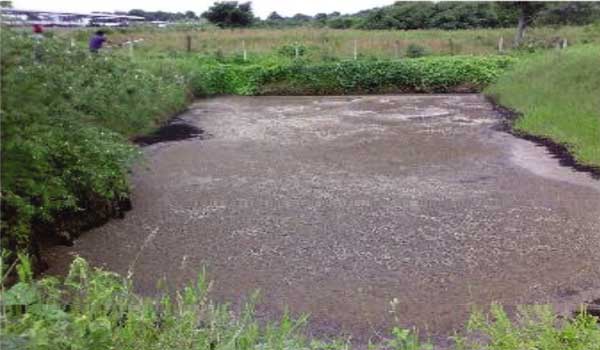
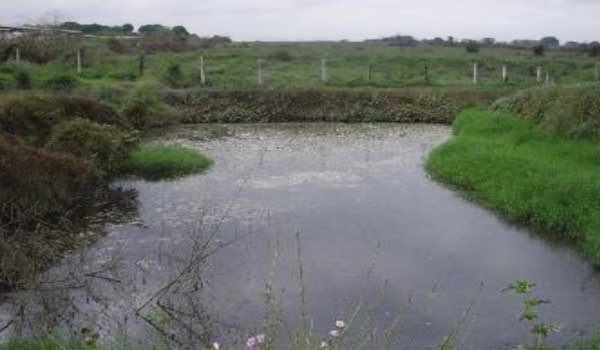
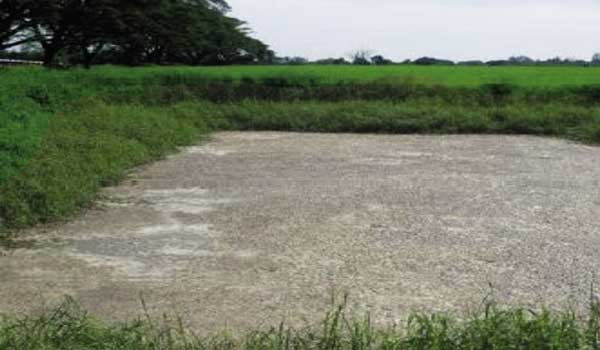

- Reduced surface and bottom solids
- Reduced odor
- Better flow of solids-free waste to the lagoons
- Improved effluent water quality to meet effluent parameters and reduced pollution impact on river and downstream farms.
MICROBE-LIFT® Technology Provides Easier & Faster Manure Composting for Poultry Farmer in Central America
Location: Poultry Farm, Central America
Background: One of the major functions of a poultry farm is the handling of manure and composting it to be utilized as fertilizer. In Central America, stabilized manure is a source of revenue as it is sold as fertilizer. Many barns designed for laying chickens in Central America are up to 150 meters long and 14 meters wide. They are approximately 2,100 square meters in area with barn floors built 3 meters above the ground, making them accessible for front-loaders and manual labor. Manure piles collect underneath each barn often building to a depth of 40 to 50 centimeters (1.5 feet). The chicken manure is allowed to create a solid heap underneath the barns. The manure creates a tremendous odor problem and the compost is slow to stabilize (degrade). The piles are typically not turned for aeration. Therefore they are removed and dried for fertilizer about every 12 to 16 months.
Objective:
- This farm wanted to reduce odor, as they had numerous complaints from adjacent properties.
- They also wanted to speed up the composting process and (as a side benefit) improve the fertilizer value of the composted manure.
Treatment: MICROBE-LIFT® technology made by Ecological Laboratories, typically reduces the time required to stabilize a compost pile by up to 40 or 50%. Fertilizer value will also be improved as demonstrated by up to 30 to 50% increased crop yields. Generally, MICROBE-LIFT® formulation is diluted 1:50 with water and sprayed at the rate of 2 liter diluted mixture per m2 surface area (1 gallon diluted mixture for every 20 sq. ft.) to a moisture level of approximately one 25 cm (1 inch).
The best way to determine that the manure is stabilized is the odor. Poultry manure has very high nitrogen content that leads to ammonia creation. MICROBE-LIFT® treatment will produce an odor that is more earthy, not repugnant or putrid, and the ammonia odor will be reduced and eventually eliminated.
A critical step is to achieve a temperature of 60° to 75°C (140° to 175°F) indicating good biological activity. The volume is reduced as organics degrade and gas is evolved. As the harder-to-degrade organics are oxidized, the compost is stabilized and ready to apply as fertilizer.
Different methods of composting affect the time of stabilization. The heap or pile method can take many months, even up to a year depending on the composition. If the pile is bulked up with coarse material such as wood chips to allow for air circulation, the reaction will be faster. The windrow method takes only 45-90 days depending on the composition of the pile and how often the piles are turned.
For best results, treat barns that have had their piles removed and spray the MICROBE-LIFT® dilution on the piles as they build up. Odor changes help determine when the piles are ready to be dried and sold. This process will be accomplished in less time, often a 50 to 60 percent shorter time frame when treated with MICROBE-LIFT®. technology.
For existing piles, turn the manure and apply the MICROBE-LIFT® dilution as the piles are turned. Once this process has been completed, spray the outer surface as it builds up.
Results Achieved: This trial validated the efficacy of MICROBE-LIFT® technology. Manure was removed and composted demonstrating faster stabilization. Once the manure was removed, the barns treated new manure periodically significantly reducing odors and quickly stabilizing the manure for use as fertilizer.